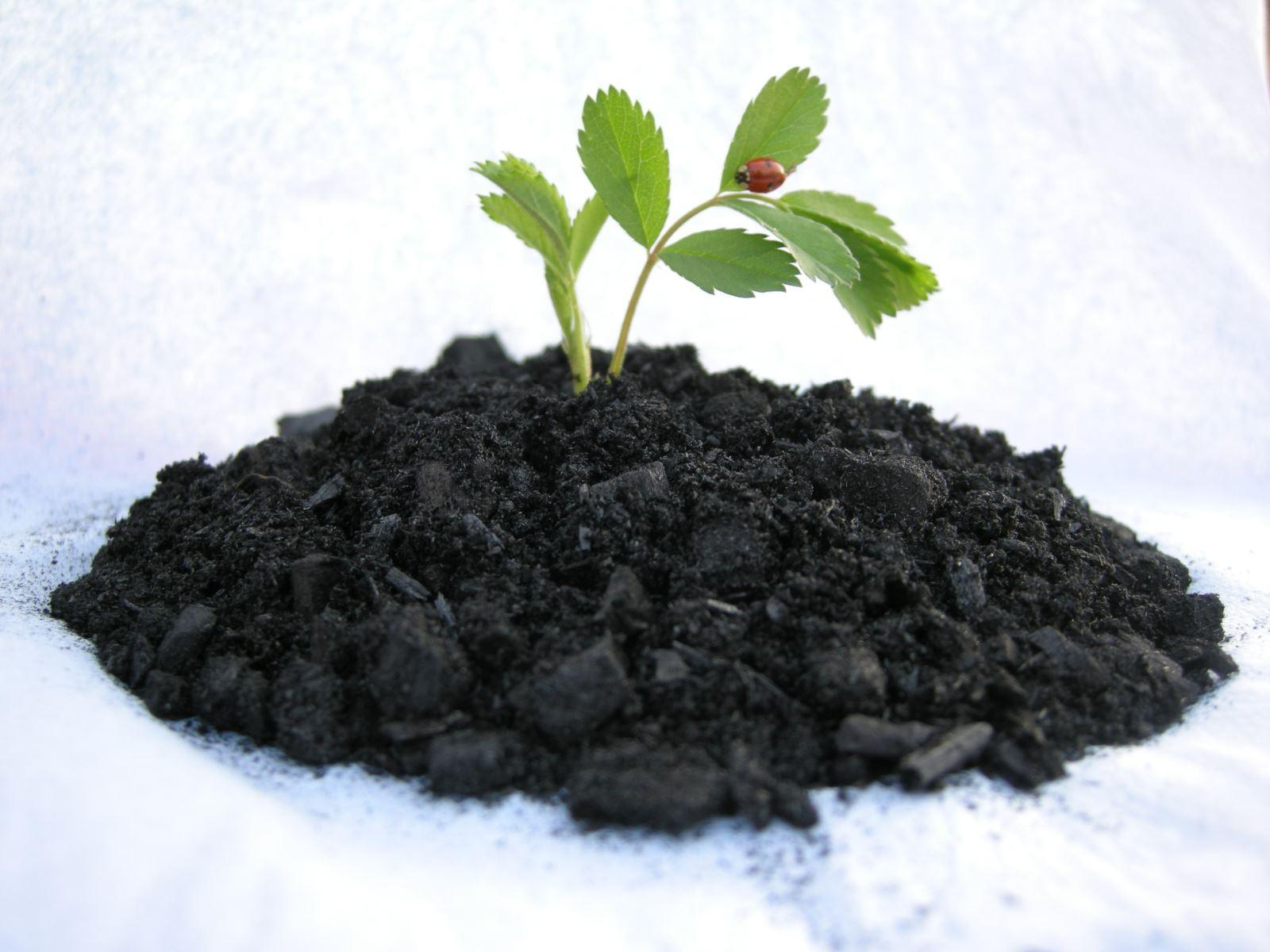Biochar Market innovations are rapidly transforming the way biochar is produced and utilized, making it an increasingly viable solution for tackling environmental challenges. Biochar, a stable form of carbon produced through the pyrolysis of organic material, offers numerous benefits, including carbon sequestration, soil fertility enhancement, and waste management. With growing recognition of its potential, innovations in biochar production technologies are driving efficiency, scalability, and sustainability, leading to broader adoption across various sectors. This article explores the key developments in biochar production technologies and their associated environmental benefits.
One of the most significant innovations in the Biochar Market is the advancement of pyrolysis technology. Pyrolysis, which involves heating organic materials in the absence of oxygen, is the most widely used method for producing biochar. Over the years, pyrolysis systems have become more efficient, enabling higher yields of biochar with lower energy consumption. New developments in fast pyrolysis and slow pyrolysis processes have improved the consistency and quality of biochar produced, allowing it to meet the specific needs of various applications, from agriculture to industrial use. Fast pyrolysis, which produces biochar quickly at high temperatures, is ideal for large-scale production, while slow pyrolysis, which takes a longer time and operates at lower temperatures, is better suited for producing biochar with higher carbon content, making it more effective for carbon sequestration.
Another innovation is the development of continuous pyrolysis reactors, which allow for uninterrupted biochar production at industrial scales. These reactors enable a steady flow of biomass feedstocks through the system, improving production capacity and reducing operational costs. Continuous systems also provide greater control over the process, ensuring uniformity in biochar quality. This innovation addresses one of the major barriers to biochar commercialization—production scalability—by providing a more efficient and cost-effective method to meet increasing global demand.
In addition to pyrolysis, hydrothermal carbonization (HTC) is gaining traction as an alternative method for producing biochar. HTC uses high-pressure, low-temperature water to break down organic material into carbon-rich biochar. This method is particularly beneficial for wet biomass feedstocks, such as agricultural and food waste, which can be challenging to process through traditional pyrolysis. HTC technology also produces biochar with a high energy density, making it suitable for use in energy applications, further enhancing its environmental benefits.
Gasification is another emerging technology that combines biochar production with energy generation. In this process, biomass is partially oxidized at high temperatures to produce syngas, which can be used to generate electricity or heat, while biochar is left as a byproduct. This dual-purpose technology not only makes biochar production more economically viable but also contributes to renewable energy generation, supporting the transition to low-carbon economies.
The environmental benefits of these innovative production technologies are profound. First and foremost, biochar production is a key strategy for carbon sequestration, as it stores carbon that would otherwise be released into the atmosphere. Biochar is stable for centuries, allowing it to lock away carbon long-term, mitigating the impacts of climate change. In addition to its role in carbon capture, biochar also enhances soil fertility by improving water retention, nutrient availability, and microbial activity, which is crucial for sustainable agriculture. The ability to use biochar as a soil amendment reduces the need for synthetic fertilizers, which are a major source of greenhouse gas emissions.
Moreover, biochar production technologies that utilize waste biomass, such as agricultural residues and municipal solid waste, help address waste management challenges by turning otherwise discarded materials into valuable resources. This circular approach reduces the environmental impact of waste disposal, lowers landfill use, and supports resource efficiency.
In conclusion, Biochar Market innovations in production technologies are driving the scalability, efficiency, and environmental benefits of biochar. Advances in pyrolysis, hydrothermal carbonization, and gasification are making biochar production more sustainable and cost-effective, allowing it to play a critical role in carbon sequestration, sustainable agriculture, and waste management. As these technologies continue to evolve, biochar's potential to contribute to environmental sustainability and mitigate climate change will only increase, positioning it as a key solution for a low-carbon future.



